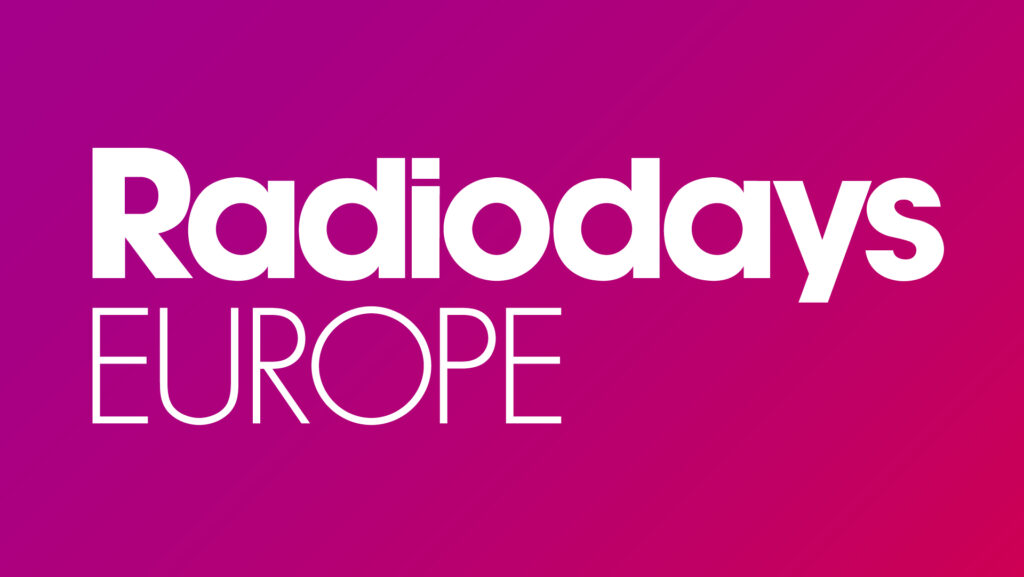Ana Skak opened the session by letting us know, that with VR you can
choose your own perception. As Editor of DR in Denmark, she became
focussed on virtual reality when she was tasked with encouraging more
young people to listen to radio.
On a basic level, VR can work on desktop or phone, to show you a
360-degree picture. Facebook and Youtube are promoting it in a big
way. One step up, you can put your phone into VR glasses (e.g. Google
daydream). And the best in the range of available tech? Game machines
with VR glasses – a much more immersive experience. With this
technology, you can actually be in the situation and feel present,
experiencing it through your body to your brain – often provoking a
physical reaction.
Ana gave us examples of where we can use this technology as content
creators. We can use this to connect human to human, with a deeper
understanding and empathy. We can ‘walk a mile’ in others shoes.
Kathleen Goldhar talked about how CBC used this to cover the numerous
missing and murdered women of Canada. They took people to the centre
of the story and showed them the ‘Highway of Tears’ where 50 women
have gone missing since 1970. ‘You are where women have found
themselves and experience their feelings and fears’. You meet their
family, in their homes and see them grieve. Kathleen says that VR
deepens our journalism, enhances our storytelling and offers audiences
an immersive experience.
CBC used VR to cover the story of the missing and murdered women of Canada – @kathleengoldhar said 'It enhances our storytelling' #RDE17 pic.twitter.com/dIY2JH0opr
— Radiodays Europe (@RadiodaysEurope) March 21, 2017


